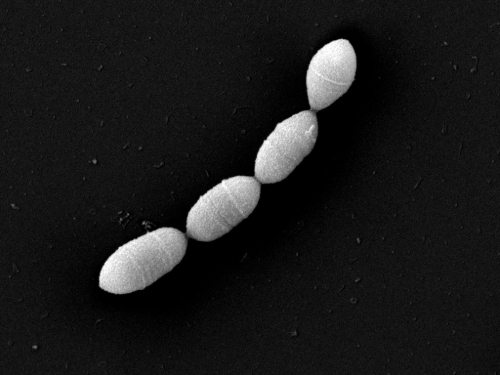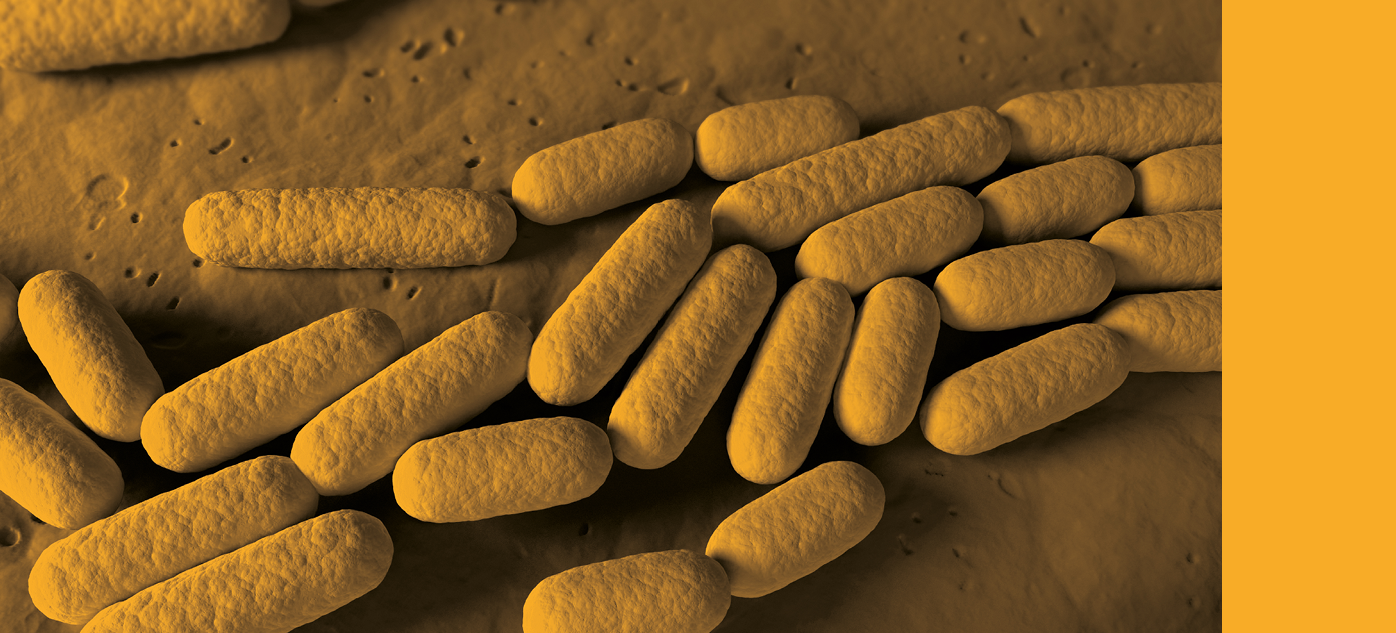New to Science: sediment, soil, and... hamsters
Posted on May 7, 2025 by Clare Baker
Each month, the Microbiology Society publishes the International Journal of Systematic and Evolutionary Microbiology, which details newly discovered species of bacteria, fungi and protists. Here are some of the new species that have been discovered and the places they've been found.
Our first stop, and May’s ‘Microbe of the Month’ is a novel archaeon isolated from a human faecal sample taken from an individual in the United States. Methanobrevibacter intestini is a mesophilic, hydrogenotrophic methanogen: it grows best in moderate temperatures and utilises hydrogen and carbon dioxide as energy sources to produce methane. These characteristics make our new discovery particularly exciting for scientists as they contribute to the microbial metabolic processes in the human gut. Research on methanogens is still in its infancy, as they are extremely sensitive to oxygen and difficult to cultivate, but researchers hope that the discovery is another “piece in the puzzle towards understanding how the human microbiome functions”.

Methanobrevibacter intestini
Our next microbe, Nocardioides eburneus, is a novel bacterial strain isolated from commercial soil for biofertilisation. Commercial soil is a substrate uniquely influenced by human agricultural activity. It’s often enriched with organic and inorganic compounds that shape the microbial community. Studying bacteria present in these environments is crucial for applications like biofertilisation and phytoremediation. Microbes belonging to the Nocardioides genus have been isolated from a range of habitats, from soil and sludge to saline and contaminated sites, which highlights their ecological versatility and potential for biotechnological exploitation.
An anaerobic bacterium called Kineothrix sedimenti was isolated from the sediment of the meromictic Lake Pavin, located in Massif Central, France. In most lakes, the waters mix at least once a year, but a meromictic lake, like Lake Pavin, has multiple layers of water that do not intermix. These lakes therefore have lower layers that lack oxygen, which is a unique habitat for bacterial species, and our new discovery. K. sedimenti, named after sediment, where it was found, produces 3-hydroxybutyrate (3-HB), a crucial metabolite found across all domains of life. For a group of ecologically significant, strictly anaerobic bacteria, known as acetogens, 3-HB serves as a vital building block in the synthesis of compounds which are used as a source of carbon and energy.
Let’s move on to another lake for our next microbe. This time, we’re visiting a hypersaline lake located within the Yilgarn Craton, in the southern portion of Western Australia. In this region, there are thousands of shallow ephemeral saline lakes. They greatly vary in pH and salinity due to seasonal variations such as winter rains and hot dry summers. Our new microbe, Dethiothermospora halolimnae, is a novel bacterial strain found in the southern portion of Lake Koorkoordine. Understanding more about the environment, and the microbial communities within them is of great interest to the field of astrobiology, as they are excellent analogues to possible environments on Mars.
We’ll move on from the unknown of Mars to the well-known love of pets for our next microbial discovery. You might be able to guess the origin of our new bacteria just from its name: Rodentibacter abscessus. If you guessed ‘rodent abscess’, you would be right as our microbe was isolated from a subcutaneous abscess found on a pet hamster kept in Japan. Unfortunately for the pet hamster, some members of the Rodentibacter may cause disease. They’re also thought to influence experimental results by infecting laboratory rodents.

